Shape in Art – Learn All About the Importance, with Examples
What is the role of shape in art? This is the question we will explore and discuss in the article below. The importance of shape in art is manifold, and as an element of art, it is part of what provides the fundamental structure to visual compositions.
What Is Shape in Art?
Understanding that shape is an element of art and how it works together with the other art principles provides a broader contextual framework around what it is. Let’s take a closer look at the question of what shape in art is, including the main types of shapes to be aware of.
Shape in art can be better understood when compared with its counterpart, which is form, one of the other art elements. Shape is based on two dimensions, namely, it has width and length. Form is three-dimensional, namely, it has a width, length, and height.
Shapes appear flat because of their two-dimensionality, and they are usually described as “enclosed” lines. For example, a square is made of four lines and a circle is an enclosed curved line, and so forth.
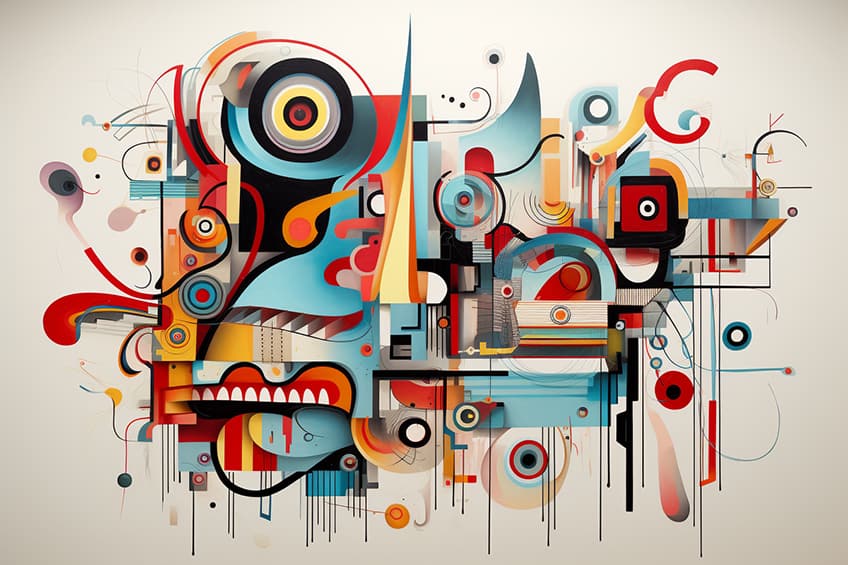
A variety of shapes can become forms if rendered in three dimensions, which can be done by adding other art elements like color or value to create shading or tones to give the idea of three-dimensions.
The more common shapes include circles, squares, rectangles, and triangles, which are shapes we all know and see daily. When these shapes are created as three-dimensional, they will become spheres, cubes, cuboids, or cones. However, it is important to note that there are multitudes of shapes and forms. We will list more shapes in the article below.
Shapes As Building Blocks in Art
Shapes are often described in terms of being building blocks; we can start an artwork by first drawing the main shapes that will be needed and expanded on and conversely, we can analyze artwork by determining the dominant shapes that compose the subject matter. It’s important to understand how shapes define objects and the environment around us.

For example, if you look at a book, what shape stands out for you? If you look at a tree with branches and leaves, what shapes come to the fore beyond its three-dimensional form?
The Relationship between Shape and Space
Positive and negative spaces can also be utilized to determine shape in art. This is done by looking at the subject matter that takes up the positive space, which is referred to as the “positive shape” and similarly the negative space around the subject matter is referred to as the “negative shape”.
An example that is sometimes utilized to illustrate positive and negative shapes in art is from the Fauvist Henri Matisse’s paper cut out “Icarus” (1947), which was Plate VIII from his publication titled “Jazz” (1947).
It depicts a black figure against a blue background, which can seemingly be interpreted both ways; the black figure could be the positive shape while the blue background is the negative shape. Conversely, the cut-out figure could be the negative shape while the blue background is the positive shape.
The Types of Shape in Art
There are two common types of shapes in art, and these are widely referred to as either organic or geometric. Within these types, there are numerous possibilities to how shapes can be applied, which can range from artistic modalities like paintings, drawings, sculptures, architecture, and others.
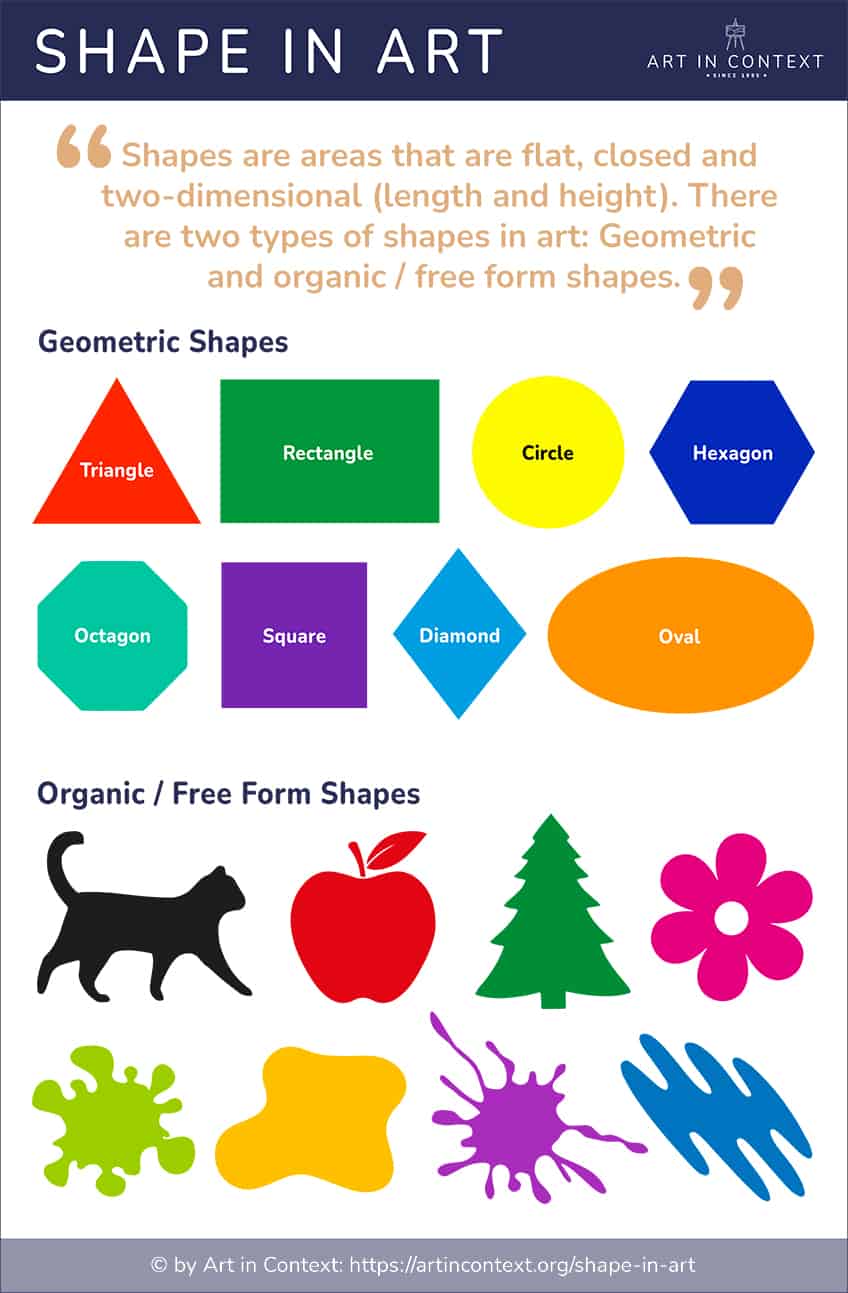
Organic Shape
Organic shapes are often referred to as other terms like “free form”, “irregular”, “asymmetrical”, and “biomorphic” or “natural”. These are shapes created with a free hand, so to say, and often echo shapes that we see in the natural environment like fauna and flora.
Characteristics of natural shapes often include curves and more fluidity to their edges and outlines, for example, think of the curved edges of a flower, the different edges of a rock, or the soft and seemingly amorphous cloud in the sky.
It is important to note that organic shapes can also appear angular, but without the precision that they would have when it is more measured, which would fall under geometric shapes that we will discuss further below.
Some of the most famous artists who portrayed organic shapes include Joan Miró and Wassily Kandinsky, however, there are many more artists we encourage you to explore. Examples of shape in art from Joan Miró, who was known for his biomorphic shapes, include Person Throwing a Stone at a Bird (1926), which depicts a figuration to the right that looks like a large foot and a small head with one eye.
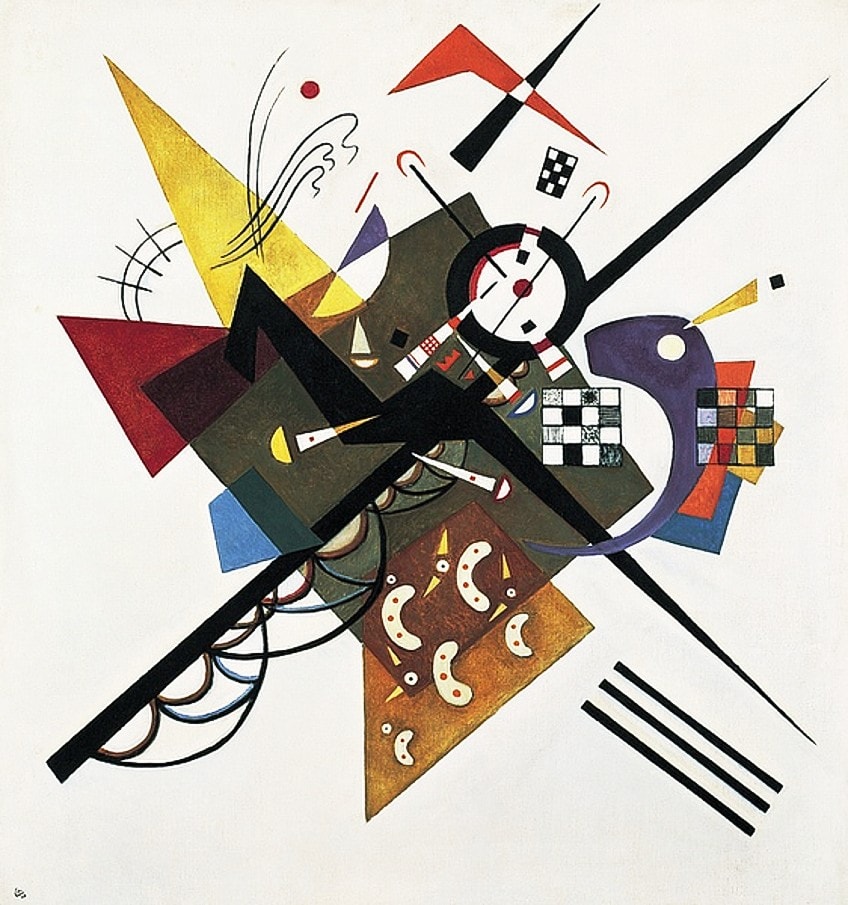
This is an example of organic shape evident by the natural curvature of the figure, however, it is contrasted with the straight line dissecting it. There is another figure to the left, which appears more geometric in its linearity – it is mostly made of a line and a semi-circle – although it has some organic shape above its circular head as well as a crescent shape near its tail.
There are also organic shapes in sculpture, for example, the famous shape art of Jean Arp, who was also known as Hans, created what is referred to as “biomorphic” sculptures.

Cloud Shepherd (1953) by Jean Arp, located at the University City of Caracas in Caracas, Venezuela; Wilfredor, CC0, via Wikimedia Commons
Shapes also occupy three-dimensional space, as seen in Alexander Calder’s so-called “mobiles”, which were attached from above and floated in their suspension.
Geometric Shape
Geometric shapes are typically measured by mathematical tools however, you do not need to be a mathematician to understand them. These shapes are often associated with terms like “man-made” and “predictable”; they are planned and measured. Below is a list of more shapes:
- Square
- Rectangle
- Circle
- Triangle
- Rhombus
- Parallelogram
- Trapezium
- Pentagon
- Octagon
- Hexagon
- Polygon
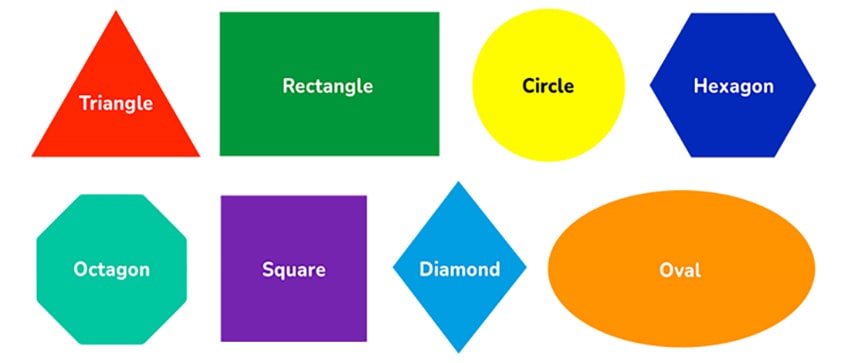
There are numerous examples of shape in art of how geometric shapes become the subject matter, especially in famous shape art from artists like Piet Mondrian, Kazimir Malevich, and Frank Stella. These artists sought to create art beyond real-life representation and with it, they questioned the real meaning of art.
The Dutch painter Piet Mondrian was famous for his art style called Neo-Plasticism, which consisted of arrangements of geometric shapes.
It is also an illustration of how he utilized other art elements like lines to create shapes, in other words, shapes like squares or rectangles are only lines that connect to each other. Piet Mondrian’s Composition with Red, Yellow, and Blue (1927) depicts black vertical and horizontal lines, which intersect each other creating square and rectangular shapes. His later Broadway Boogie Woogie (1942 to 1943) does not depict the characteristic black lines from earlier paintings, instead, here we see more colors – yellow, red, blue, gray, and white – in squares and rectangles.
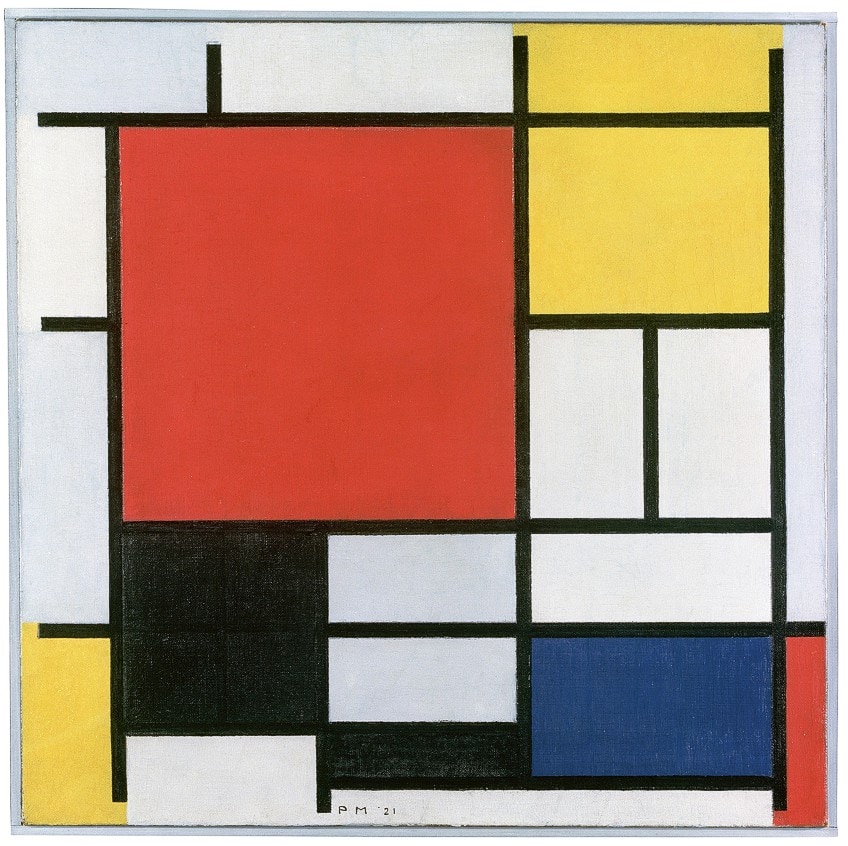
The Ukraine-born Kazimir Malevich was famously known for his work in the art style called Suprematism, which gave the most basic shapes like squares the prominence of new art, without representational meaning so to say.
His Black Square (1915) has become a cornerstone example of his ideologies, as we see in many of his other paintings like Suprematist Composition: White on White (1918), which depicts a white square on a white background.
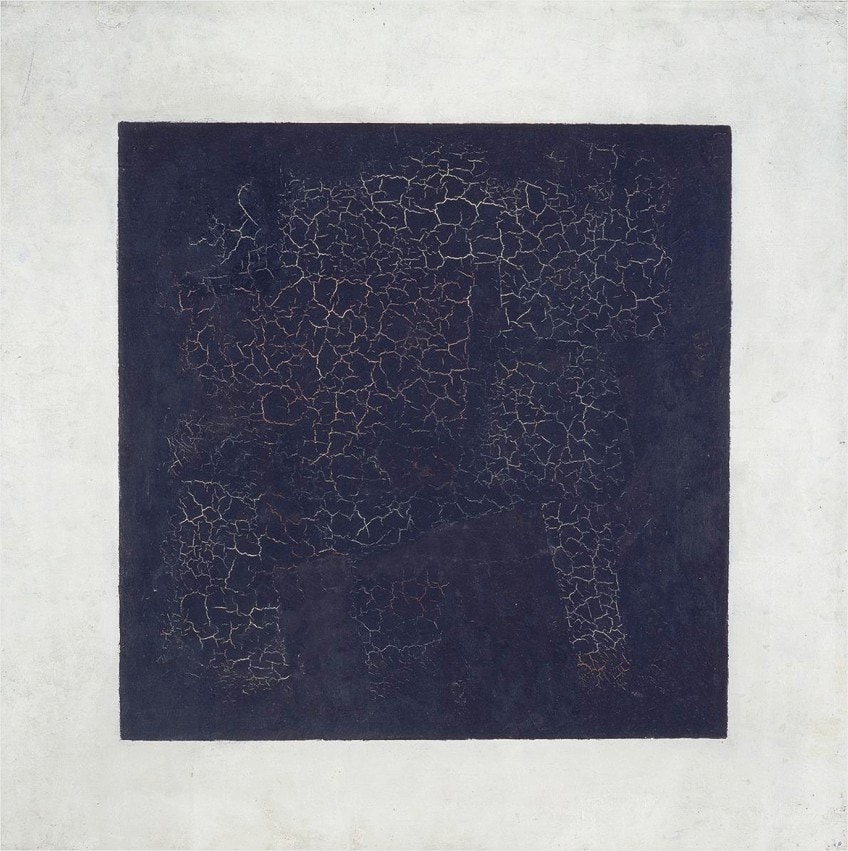
Cubism is best-defined terms like “fragmented” or “fractured” and the subject matter was depicted in revolutionary new ways, in which two and three dimensions shared the same pictorial space. The ground-breaking Les Demoiselles d’Avignon (1907) by Pablo Picasso broke the rules of traditional art where three-dimensional forms ruled the pictorial space to render real life. Instead, Picasso broke his human forms and their background into fragmented and seemingly shattered shapes.
How to Use Shape in Art for your Own Artworks
- Variety and Balance: Incorporating a variety of shapes, both geometric and organic, can make a composition more interesting. However, it’s essential to maintain balance so that no one area of the artwork overpowers another.
- Unequal Space Division: To create a dynamic composition, vary the sizes of the shapes you use, avoiding equal-sized shapes that can make the design feel static.
- Overlap for Depth: Overlapping shapes help create a sense of depth in a two-dimensional artwork, making some shapes appear closer while pushing others into the background.
- Creating Movement: Use shapes with direction to lead the viewer’s eye through the artwork. This can be achieved by arranging shapes so they point or seem to move in a particular direction.
The importance of shape in art can often be overlooked. Still, it is nonetheless a significant and fundamental part of how artworks take shape, not only through the creation process like drawing or sculpting but also through formal analysis.
Learn everything about the Elements of Art
We have written a series about all the elements of art, if you would like to dive a bit deeper into the topic:
Take a look at our shape art webstory here!
Frequently Asked Questions
What Is Shape in Art?
Shape is one of the elements of art and it is commonly described as an enclosed line. It is two-dimensional, having a width and length. Shapes can be anything from triangles, circles, or squares, among many others.
What Are the Types of Shapes in Art?
Art has two known kinds of shapes: geometric and organic. Geometric shapes are so-called man-made shapes and are more measured, whereas organic shapes are so-called fluid and more naturally curved, following forms of nature.
Alicia du Plessis is a multidisciplinary writer. She completed her Bachelor of Arts degree, majoring in Art History and Classical Civilization, as well as two Honors, namely, in Art History and Education and Development, at the University of KwaZulu-Natal, South Africa. For her main Honors project in Art History, she explored perceptions of the San Bushmen’s identity and the concept of the “Other”. She has also looked at the use of photography in art and how it has been used to portray people’s lives.
Alicia’s other areas of interest in Art History include the process of writing about Art History and how to analyze paintings. Some of her favorite art movements include Impressionism and German Expressionism. She is yet to complete her Masters in Art History (she would like to do this abroad in Europe) having given it some time to first develop more professional experience with the interest to one day lecture it too.
Alicia has been working for artincontext.com since 2021 as an author and art history expert. She has specialized in painting analysis and is covering most of our painting analysis.
Learn more about Alicia du Plessis and the Art in Context Team.
Cite this Article
Alicia, du Plessis, “Shape in Art – Learn All About the Importance, with Examples.” Art in Context. July 18, 2022. URL: https://artincontext.org/shape-in-art/
du Plessis, A. (2022, 18 July). Shape in Art – Learn All About the Importance, with Examples. Art in Context. https://artincontext.org/shape-in-art/
du Plessis, Alicia. “Shape in Art – Learn All About the Importance, with Examples.” Art in Context, July 18, 2022. https://artincontext.org/shape-in-art/.





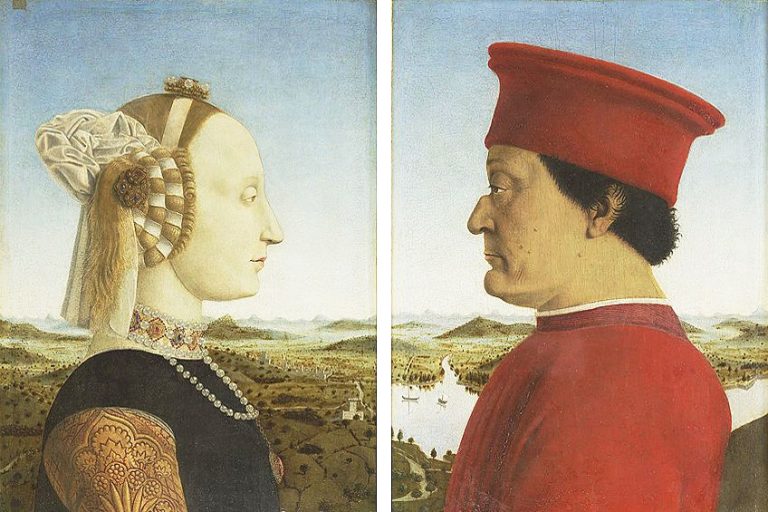


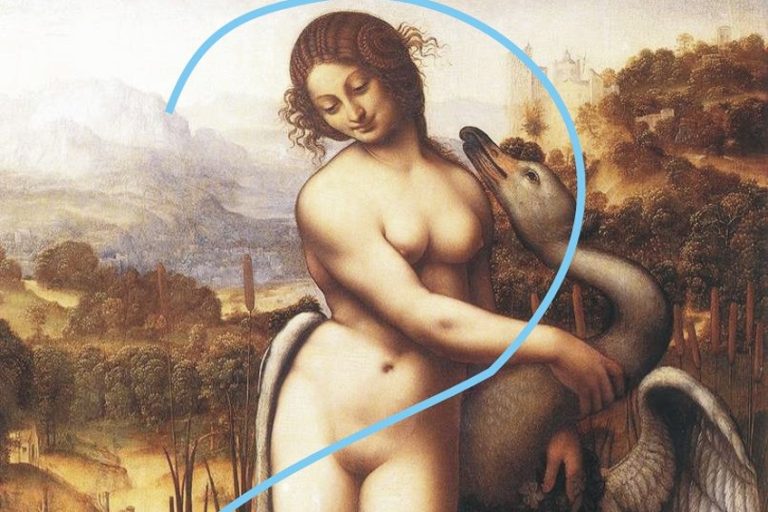
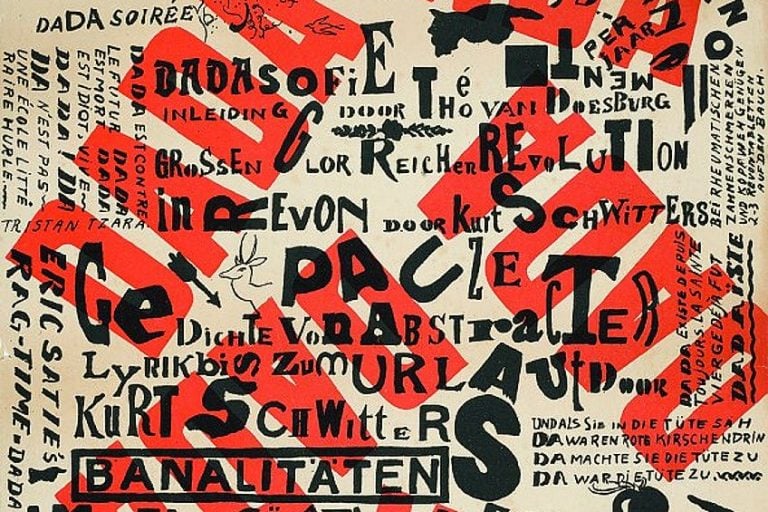


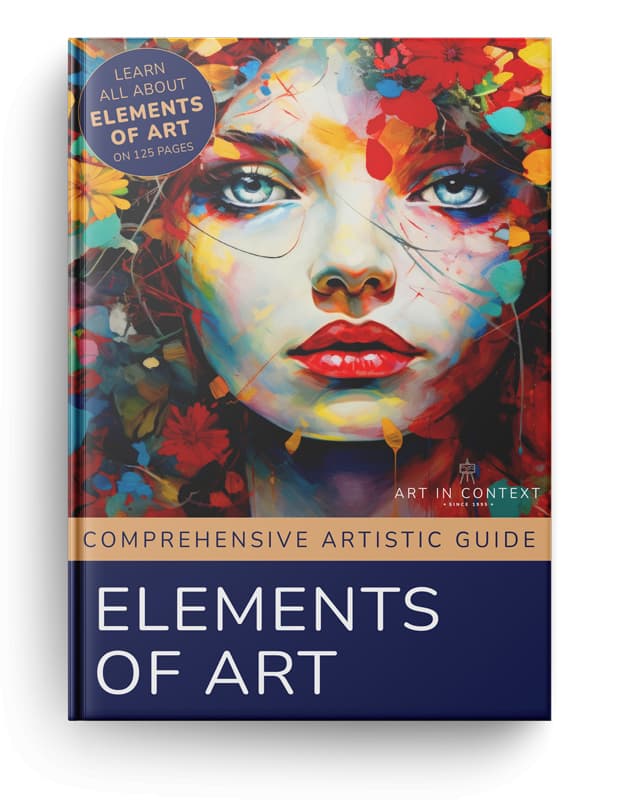
I’d love to use this with my students, it’s a shame that one sculpture looks like an ass though, ruins the whole thing
Thank you for your feedback! We appreciate your enthusiasm for using this with your students. Art can definitely spark different interpretations, and we understand that not every piece resonates the same way with everyone.